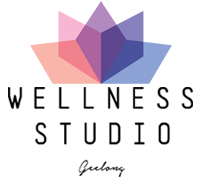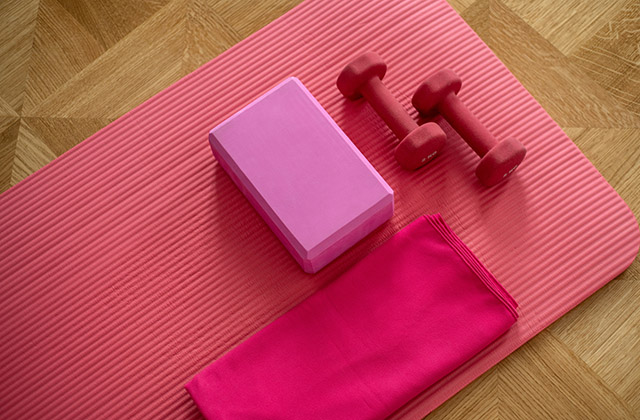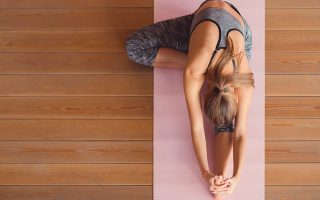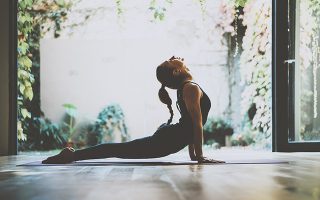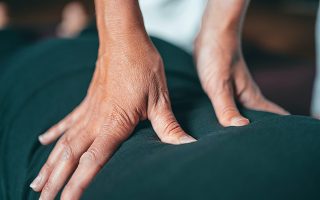Introduction
Pilates is a great workout that helps people of all ages and fitness levels get in shape. It’s especially beneficial for anyone who has had an injury or recovering from surgery, as it puts less strain on the joints than other forms of exercise like jogging or cycling. The exercises in this article will help you get started on your journey to becoming a Pilates teacher training Sydney master.
the bridge with single and double leg
The Bridge with Single and Double Leg
This is a great exercise for working on your core, especially if you have a lower back injury or are recovering from an injury. You can perform this exercise either on a yoga mat or carpeted floor, depending on which is more comfortable for you. You can also do it with arms by your side or overhead.
the side leg series
The side leg series is a great way to work the obliques, and it’s also a great way to work the abdominals. Here’s how you do it:
- Lie on your side with your head resting in the palm of one hand, arm placed straight along the floor and knees bent at 90 degrees with feet together (A).
- Slowly lift one leg up so that it stays parallel to the floor, keeping it bent at 90 degrees (B).
- Keeping both feet together, raise them by two inches off of the mat while maintaining control of all joints (C). Hold for 10 seconds before lowering back down into position B again [D]. Repeat this movement for 8–10 repetitions per side [E].
half roll back
The half roll-back is a Pilates exercise that works the core muscles and abdominal muscles. The exercise involves lying on your back with knees bent, feet flat on the floor. Take a deep breath in, then exhale as you squeeze your glutes to lift your head and shoulders up of the floor while keeping your arms at your side. Inhale as you slowly lower yourself down until arms rest by your side again. Repeat this movement five times if it’s too challenging or 10 times if it’s easy for you.
Posture is key when doing this exercise—you need to keep an erect spine while lifting off of the mat so that there is no arching or rounding in lower back area during performance of this movement pattern (if needed). Also be sure not to let elbows flare out as they could potentially cause injury over time because they are pointing away from midline which means there’s more stress being placed on them than necessary during execution; instead try keeping elbows tucked closer towards rib cage so that less strain will be felt there too!
Modifications include: holding onto something like towel bar mounted above head level; placing one hand behind head while other goes behind shoulder blade where shoulder connects into neck muscle called trapezius – think “Marilyn Monroe pose” where both hands are up against each other behind her head.; using legs instead of upper body only movements such as holding onto ankle with opposite hand
rolling like a ball
Rolling like a ball is an essential core exercise that strengthens your back and abdominal muscles. It’s also one of the best ways to stretch out those tight hip flexors, which might feel sore after running or other activities.
- Lie on the floor, with knees bent and feet flat on the floor.
- Inhale as you roll up into a bridge position (a), then exhale as you roll back down (b). Keep your back straight throughout this movement and avoid tension in your neck by looking at the floor or ceiling instead of down at your hands or knees.
- Beginners may find it easier to start with their arms crossed across their chest, while more advanced exercisers can try extending their arms to form an upside-down V shape before rolling back up into bridge position when they inhale and exhaling as they roll back down when they exhale.
swan dive
To do the swan dive, start in a plank position. Then bring your knees to your chest and bring them back out so that they are extended behind you in line with your arms.
cobra
The cobra is a great exercise for the back. It is done on the mat or on a reformer. You can do this exercise on your back or stomach. You can also do this exercise with your knees bent or straight.
Begin in tabletop position with hands under shoulders and palms flat on floor, keeping arms straight and body lifted off floor as high as possible (A). Keeping abs tight, slowly lower torso to floor (B), then push up (C). Repeat 8–10 times for 1 set; rest 30 seconds between sets.
single and double leg stretch
- Stretch one leg straight out in front of you.
- Bring the opposite arm to the leg, and then hold for 10 seconds.
- Repeat with the other leg
toe taps
- Toe taps are a great way to warm up the muscles of your lower body and prepare for workouts.
- Toe taps can also be used as part of a cooldown, which is important because stretching helps prevent soreness after exercise.
- Just like other exercises in this article, you can use toe taps to stretch those muscles that have been worked hard during your workout.
Pilates is for anyone
Pilates is for anyone. Its benefits extend to people of all ages, fitness levels and body types. If you are an athlete or an executive, a new mom or a retiree, Pilates can help you improve your health and fitness in ways that will make your life easier.
Pilates strengthens muscles without bulking up the body; it increases flexibility without overstretching or straining joints; it improves alignment and posture without creating pain or discomfort in the back and neck areas. The entire body becomes more balanced through using small muscles groups in conjunction with large muscle groups (for example: working abdominals along with chest/back).
Conclusion
This is just a small sampling of the endless exercises you can do with Pilates. There are so many more to try, and I hope you will! Pilates is for everyone, and it’s never too late to start doing it. I know that when I started doing these exercises my life changed dramatically for the better. So get out there and make yourself happy with this amazing workout!
